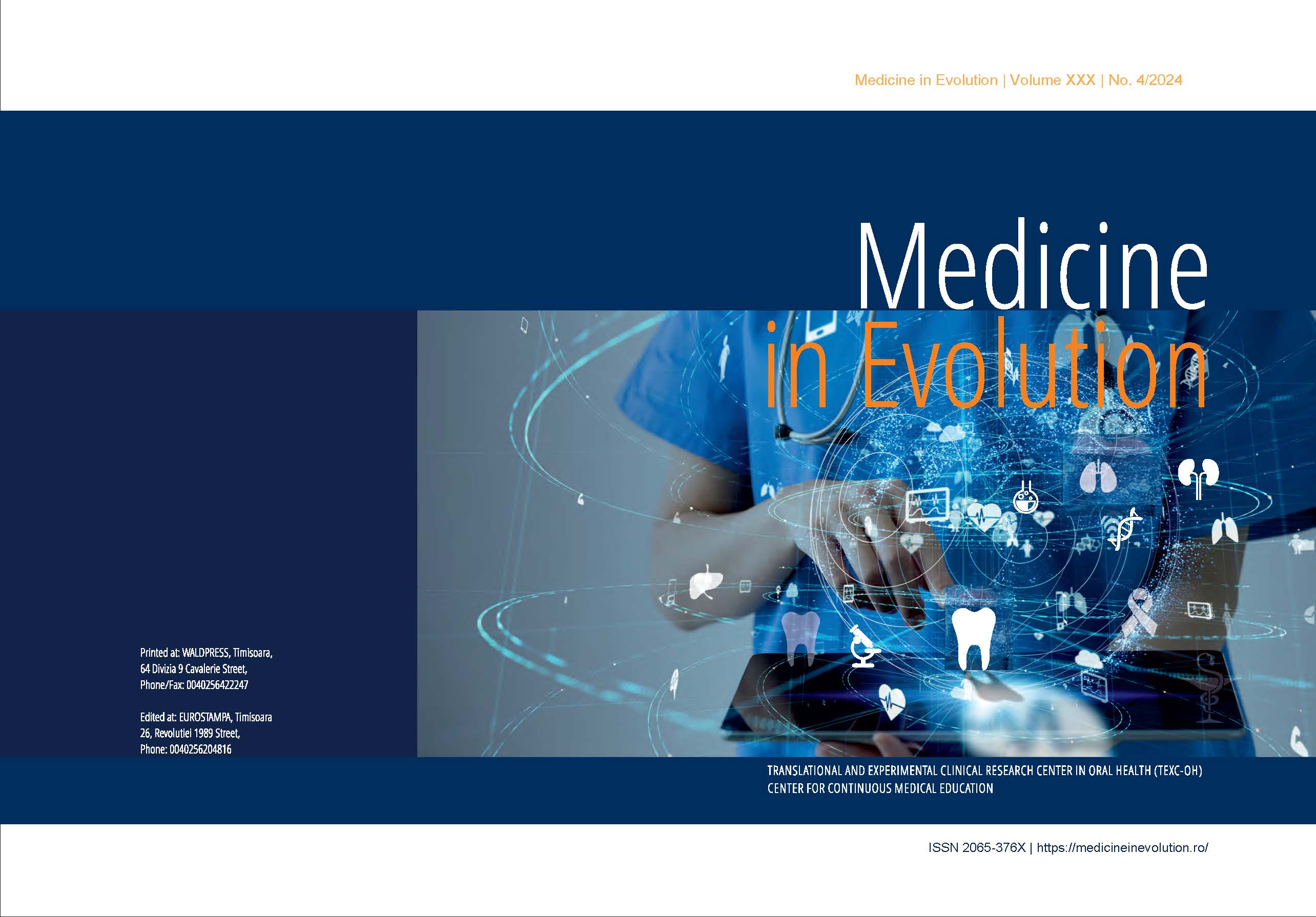Andreea Sălcudean
Department of Bioethics, Social and Human Sciences, University of Medicine and Pharmacy, Science and Technology George Emil Palade of Targu Mures, Gheorghe Marinescu Street No. 38, 540142 Targu Mures, Romania
Laria-Maria Trusculescu
Department of Management and Communication in Dental Medicine, Department 1, Faculty of Dental Medicine, “Victor Babes” University of Medicine and Pharmacy of Timisoara, Square Eftimie Murgu, No. 2, 300041, Timișoara, Romania
Vlad Birta
Mures County Hospital, 540072, Targu-Mures, Romania
Cristina Raluca Bodo
Department of Bioethics, Social and Human Sciences, University of Medicine and Pharmacy, Science and Technology George Emil Palade of Targu Mures, Gheorghe Marinescu Street No. 38, 540142 Targu Mures, Romania
Dora Mihaela Cimpian
Mures County Hospital, Psychiatric Clinic 1, 540072, Targu-Mures, Romania
Andreea Andreea Sasu
Mures County Hospital, Psychiatric Clinic 1, 540072, Targu-Mures, Romania
Andreea Georgiana Nan
Mures County Hospital, Psychiatric Clinic 1, 540072, Targu-Mures, Romania
Maria Melania Cozma
Department of Bioethics, Social and Human Sciences, University of Medicine and Pharmacy, Science and Technology George Emil Palade of Targu Mures, Gheorghe Marinescu Street No. 38, 540142 Targu Mures, Romania
Elena Gabriela Strete
Department of Psychiatry, Faculty of Medicine, George Emil Palade University of Medicine, Pharmacy, Science, and Technology of Targu Mures, Gheorghe Marinescu Street No. 38, 540142 Targu Mures, Romania
Abstract
In the past psychosomatic illnesses have been seen as the consequences of primary psychological disorders. Lacking confidence in this causal model, many prefer Engel's biopsychosocial model which refers to the circular interaction between body, soul and environment. This model is in agreement with neuropsychoimmunological theories of the body's feedback loops that include emotions and behavior [1].
Many clinicians re-frame somatization as a psychopathology and use the biopsychosocial model as a basis for directing attention to the patient's personality traits and life context. Some consider that the role of the clinician is to emphasize the links between symptoms and external stressors and how these lead to psychophysiological changes [1].

